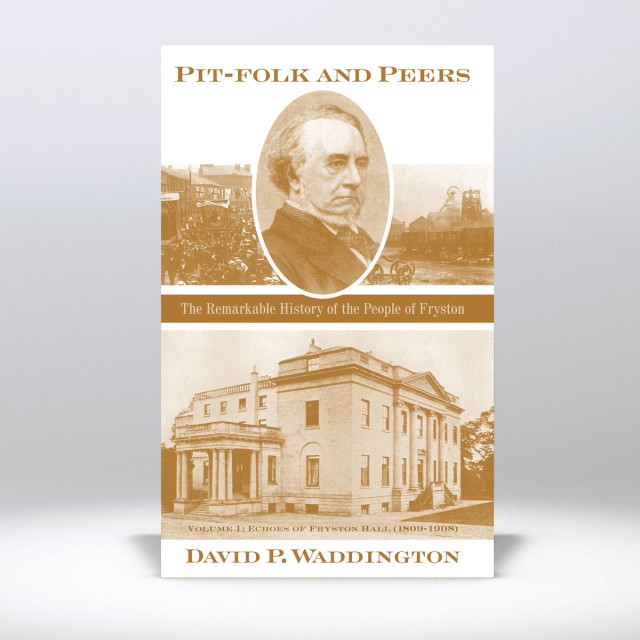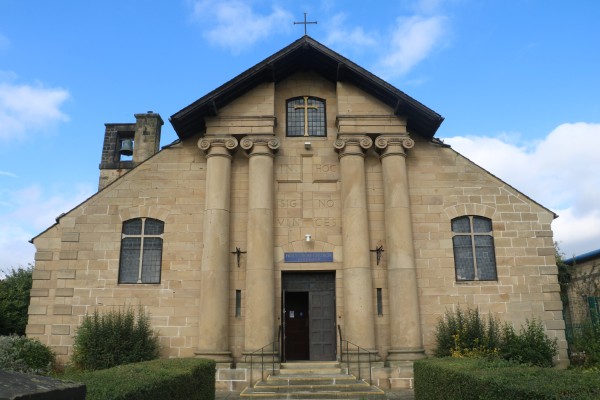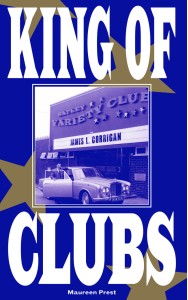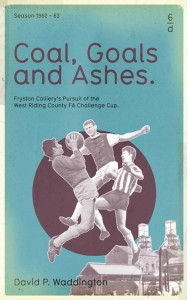The Remarkable History of the People of Fryston: Volume I – Echoes of Fryston Hall (1809-1908)
The West Riding pit village of Fryston was once famously referred to as ‘a mining Shangri-la’. Nestling on one side against the mighty River Aire and hemmed in by colliery buildings on the other, this small, isolated community of twelve terraced streets was only accessible via a narrow railway bridge. No village was more emblematic of the nature of mining tradition and community, and of a once-fabled but now endangered way of life.
The name of the village pub, the ‘Milnes Arms’, alluded to Fryston’s fascinating past, for the local mine and associated village were established in the grounds of the vast Fryston Hall estate, owned by the wealthy cloth-trading Milnes dynasty of Wakefield. Most prominent in this narrative is the name of Richard Monckton Milnes, subsequently Lord Houghton (1809-1885). Best known as the earliest biographer of John Keats and long-time suitor of Florence Nightingale, Milnes was also a poet of great distinction, and an enlightened, charismatic, reformist politician who championed the great humanitarian issues of the day. During his lifetime, Fryston Hall became the most important hub of Victorian society outside of London, attracting the most eminent poets, writers, politicians, adventurers and other celebrities of the era.
He nonetheless cut an extremely controversial figure. Milnes’s Fryston Hall library reputedly contained the largest collection of erotic literature and artefacts in Europe, and he is said to have frequented London flagellation brothels as part of a famously libertine lifestyle. Such details cannot detract from the fact that Milnes engaged in countless acts of practical and financial support towards struggling or needy individuals and institutions, thus making him perhaps the foremost philanthropist and patron of the arts of the entire nineteenth century.
This family tradition was continued by two of Milnes’s three children. His only son, Robert Offley Ashburton Milnes, became a renowned career politician and close friend and confidant of Edward VII (who visited Fryston in 1896). The younger of Milnes’s two daughters, Florence, was a novelist and animal rights activist. She is best remembered as the woman who rejected the amorous advances of Thomas Hardy, but provided the muse for several instances of his work, most notably for the character of Sue Bridehead in Jude the Obscure.
The transitional period of the early twentieth century saw a severing of ties between the Milnes family and Fryston Hall estate which triggered its rapid physical deterioration. This was in stark contrast to the ongoing consolidation and development of Fryston village. In this, the first of two volumes tracing the ‘remarkable history of the people of Fryston’, David Waddington outlines the immense cultural, political, social and humanitarian contributions made to British society by Richard Monckton Milnes and his immediate descendants by focusing our attention on the echoes of Fryston Hall.
Hardback
Selecte Hardback from the Format menu above then click Add To Cart to order.
To order both Volume 1 and Volume 2 together, click here to open Volume 2's order page and select Deluxe Edtion from the Format menu,
By buying direct from Route, you are helping to support independent publishing. If you prefer other options, here are links to other vendors
Buy on Amazon |
eBook Kindle Editon | Apple Books





